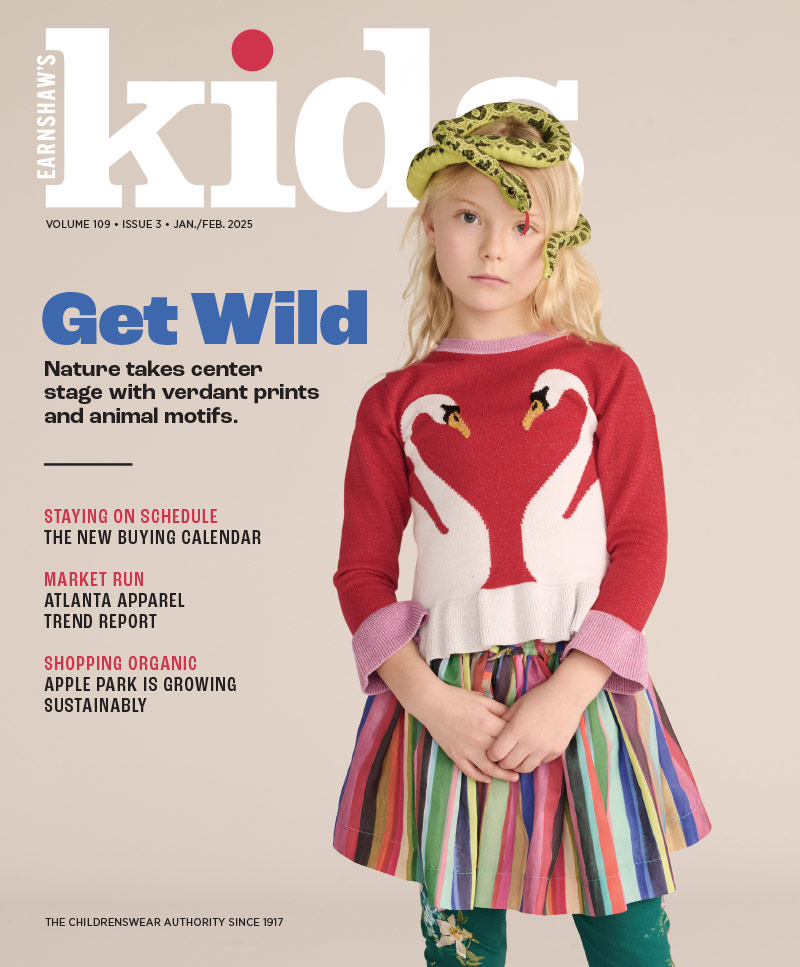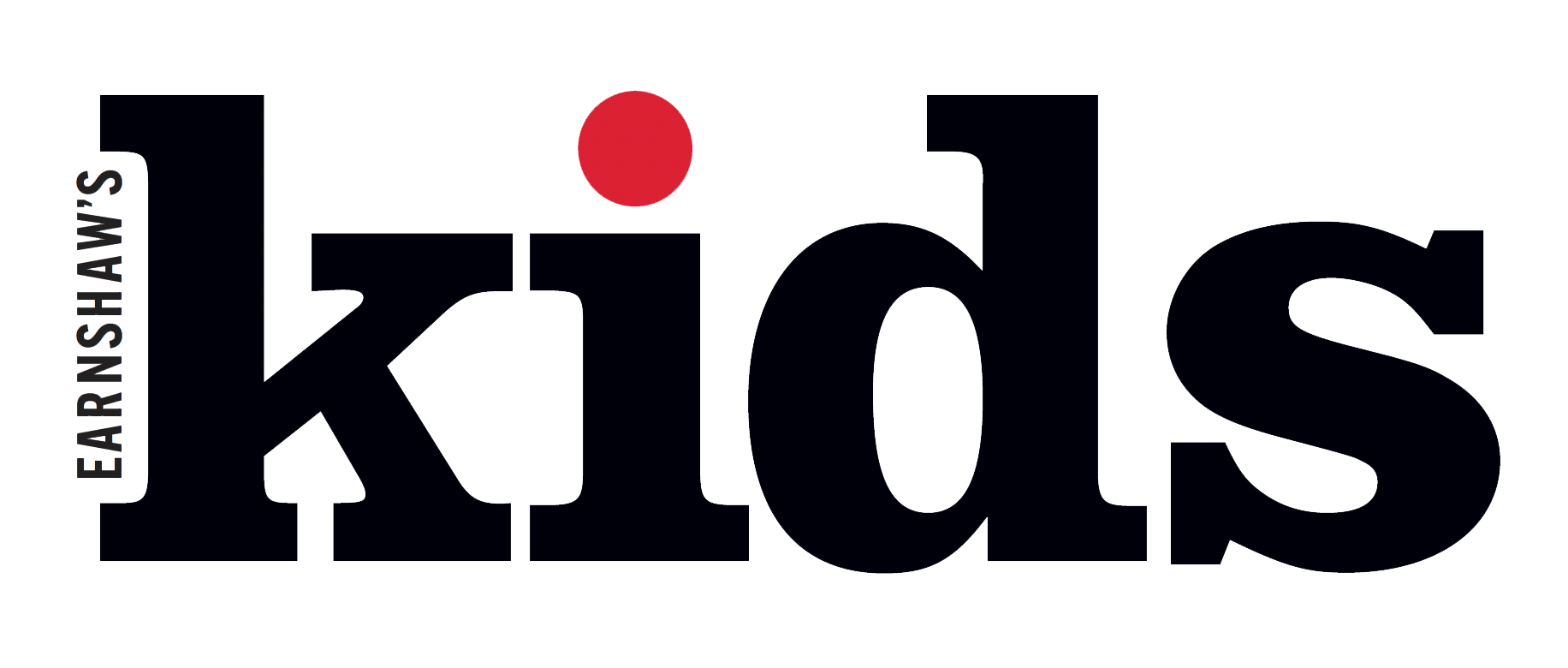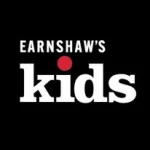With consumer product regulations getting stricter, gear up for safer sales by familiarizing yourself and your staff with the facts. By Lyndsay McGregor For many a new parent, standing in the baby gear aisle for the first time can be an overwhelming experience. Now, thanks to a recent slew of safety requirements for strollers, carriages, […]
With consumer product regulations getting stricter, gear up for safer sales by familiarizing yourself and your staff with the facts.
By Lyndsay McGregor
For many a new parent, standing in the baby gear aisle for the first time can be an overwhelming experience. Now, thanks to a recent slew of safety requirements for strollers, carriages, bassinets and cradles, not to mention new installation rules for car seats, it can be just as unfamiliar a territory for retailers. “Many of these changes are highly technical and there are a lot of them. As a result, it requires retailers to re-educate themselves as to what the changes mean, what it means to the design, style and functionality of the product and when they’re going into effect,” summarizes Kelly Mariotti, executive director at the Juvenile Products Manufacturers Association (JPMA), a non-profit representing 250 manufacturers who make 95 percent of the prenatal to preschool products on the market.
It all stems back to the signing of the landmark Consumer Product Safety Improvement Act (CPSIA) in 2008, which mandated an increased awareness that manufacturers, importers and retailers must have in the design, sourcing, procurement, production, labeling, marketing and sale of their products. The changes to strollers and bassinets, which fall under Section 104, are a giant step forward for safety—and should cut back on recalls, too. Rather than relying on voluntary compliance, retailers and consumers can be confident that products manufactured after the effected dates have been tested to rigorous standards. Same goes for the National Highway Traffic Safety Authority’s (NHTSA) new rule for car seats—it’s all about keeping children safe. Looking for suggestions on how to effectively communicate these regulations in your store? We spoke to the experts and broke down the rules so you can sell the safest products to your customers. As Mariotti says, “It’s more important than ever that retailers spend a lot of time educating themselves so the consumer is getting the correct information.”
SAFE SNOOZING
Because babies spend most of their time sleeping, the nursery should be the safest room in the house. Unfortunately, that’s just not the case—more children under the age of 1 die every year from sudden infant death syndrome and suffocation than from car crashes. In an effort to reduce sleep-related infant deaths, the Consumer Product Safety Commission (CPSC) implemented new federal standards for cribs in 2011. As part of that, traditional drop-side cribs manufactured before 2011 can no longer be sold because the moveable side could detach and entrap, suffocate or strangle a baby. Now bassinets and cradles have been regulated, too: a new federal safety standard, which came into effect on Apr. 23, addresses mattress flatness, stability, structural integrity, side height and more. But stricter safety standards can only do so much.
“Nearly half the infant crib deaths and bassinet deaths are the result of suffocation from overcrowding in the baby’s sleep environment,” reports Nychelle Fleming, a spokesperson for the CPSC, noting that oftentimes when parents add blankets and bumpers to the crib to make it look cozy they are creating a new danger for baby without even realizing it. Now the agency is scrutinizing crib bumpers, researching whether they, too, are a hazard. “Bare is best when it comes to a baby’s crib,” she stresses. Mariotti points out that research shows people will behave with a product in the way it was presented to them in print or at the store, so be sure to scrutinize your store displays and ensure they’re presenting a safe sleep environment. “Retailers think if they put lots of stuff in cribs in their store display that parents will know not to do the same when they get home, but that’s not necessarily true,” she says.
The JPMA advises that for kids under the age of 1, a safe sleeping environment does not include such suffocation hazards as pillows, blankets, comforters, stuffed animals and other pillow-like products. In fact, some companies are voluntarily phasing out crib bumpers or making them less prominent in their product lines. Aden + Anais, Babyletto and Kushies don’t offer crib bumpers on their websites. The Land of Nod stopped developing them in 2013. Giggle’s Better Basics Bedding and Skip Hop’s Complete Sheet Bumper-Free Crib Bedding don’t include them either. A firm mattress covered with a tight-fitting crib sheet is all babies need and store displays should mimic this, Mariotti advises. If parents are worried baby will be cold without a blanket, Fleming recommends pointing them towards footed pajamas and sleep sacks.
Joe Shamie, CEO of Delta Children’s Products, says retailers should also advise customers on where the crib should be placed inside a room. “Imagine that the child eventually will be able to reach out at arm’s length or more around the crib. There should be nothing the child can touch or grab, like a radiator or a window blind cord,” he says, noting that it would be helpful to hand out educational brochures from safe sleep organizations, too. As he puts it, “Retailers are willing to help educate new parents more than ever—and they can cover themselves, too, by doing that.”
SAFE TRAVELS
Finding a car seat can be a confusing task for consumers—and it just became even more mindboggling. The American Academy of Pediatrics recently recommended that kids ride in a rear-facing car seat until at least 2 and remain in car seats until 8. But in March the NHTSA issued a new rule requiring car seat labels to warn parents not to use the LATCH (Lower Anchors and Tethers for Children) system once the combined weight of the child and the seat reaches 65 pounds. The LATCH system, which requires car seats to be secured to the seat’s lower anchors (those metal bars located in the vehicle seat crease), became a popular installation method in the last decade as it was believed to be safer. But the NHTSA discovered that the lower anchors might not be strong enough to hold heavier kids in heavier seats in the event of a crash. However, regardless of weight, the agency still advises that parents continue to use the top tethers (the anchors for which can be found on the car ceiling, behind the seat or under the seat) at all times. Confused yet? While a spokesperson for NHTSA says the label is intended to provide clear and consistent information on the use of anchorage systems, child safety specialists are skeptical.
“LATCH has been around for more than a decade. It was supposed to make things easier and simpler for parents, but it’s still very confusing, and it hasn’t accomplished what many safety regulators thought it would,” says Julie Vallese, consumer safety expert at Dorel, makers of Maxi-Cosi, Quinny, Safety 1st and Cosco. In fact, 90 percent of car seats are incorrectly installed and the new weight limits are certainly not going to improve those numbers. Brooks Watson, co-founder of Chicago-based Safety Squad and a Child Passenger Safety (CPS) technician, says baby gear sellers are primed to get involved in the conversation. “The retailer should be the one that guides [expectant parents] into an education, not just a sale,” he says, adding, “Rather than try to navigate the long layers and multiple scenarios with many different cars and car seats and how much you’re debating they weigh, highlight the lock-off system.” Lock-offs are devices that are designed into the shell of convertible car seats and the base of carriers that ensure a secure installation using only a car’s seatbelt (without using lower anchors).
NHTSA believes this is safe but stresses that retailers should inform their customers that the right car seat for them is one that is designed to fit both their child and their vehicle. Stephanie Tombrello of SafetyBeltSafe U.S.A., a national non-profit dedicated to child passenger safety, and active in CPS for more than 40 years, agrees. She adds, “That’s a big area where you could sell more forward-facing seats with higher weight limits if you point out that kids will be using them longer.” And always encourage consumers to work with a certified CPS technician, Watson says. “Get a solid list of where parents can actually go to get their car seat installed, not just one from the NHTSA website,” he advises, since the NHTSA list includes every person who received CPS training, and may not include active installation technicians. In other words, don’t discourage parents from making a safe choice by giving them an outdated list. “Do your due diligence and make some calls,” he recommends. He adds that retailers could also hire a technician to host a car seat installation day or pay for an associate to become certified. Storeowners should also encourage anyone who purchases a car seat to register it with the manufacturer who can then contact them when there are any recalls for defects. Tombrello even advises offering to mail the registration cards for them. And if you’re considering putting safety messages on your website or in your store, get an expert to proofread them for errors.
SAFE STROLLS
Nearly 1,300 reports of stroller malfunctions have been filed with the CPSC since 2008. Close to 400 of these incidents involved injuries and four resulted in fatalities. Problems with folding and canopy hinges caused the highest injury rates: Of the 75 incidents reported, 72 resulted in injuries such as pinching, lacerations and amputations. That’s far too many, the CPSC concluded, so in an effort to make strollers safer, the agency is adopting new federal standards that address some serious design flaws, such as faulty folding mechanisms, restraints, lock failures and wheel problems in current stroller models.
Manufacturers will now be required to improve warning labels and assembly instructions, alerting consumers about possible hazards, and they will have to run more rigorous tests for parking brakes, locking mechanisms, adjustable features, hinges, restraints, wheels and overall stability. The most intensive testing will focus on all the moving parts involved in folding the stroller: Manufacturers must prove that the hinges, folding bars and locking mechanisms pose minimal risks to parents and children when used correctly.
Where does that leave your store? “For retailers, it’s a matter of understanding time frames and when these regulations go into affect,” Vallese of Dorel says. All strollers and carriages made after Sept. 10, 2015, must comply with the new standard, but anything already on the shelf can still be sold. And because many manufacturers take their cues from the most recent voluntary standard developed by ASTM International, which is included in the new mandatory one, several strollers are already meeting some of these requirements.
To alleviate confusion, Bengt Lager, co-owner of Regal Lager, distributor of Cybex, encourages retailers to look for and only buy products that carry the JPMA Certification seal. “It incorporates all safety standards that are required for products to be sold in the U.S., not just at a federal level but also at a state level,” he explains. “It’s pretty much a one-stop-shop.” JPMA’s Mariotti echoes this sentiment, adding that it also incorporates many of the specific standards that individual retailers may have and that all products have to be tested annually. “It’s a double check for the manufacturer, to show the world that the product is safe, and it gives the retailer the confidence to know the product has met all the standards that are out there,” she says.
When it comes to passing on the safety messages to consumers, start by making sure that each member of your floor staff knows the ins and outs of every stroller. “Provide that very powerful point-of-purchase message about good practices, the use of the harness system, not leaving your child unattended, etc. And have a good demonstration in store for first-time parents,” Vallese suggests. Fleming of the CPSC agrees, noting that the perfect time to educate expectant parents is when they first come into your store to set up a baby registry. “At the end of the day, we’re all in the business of keeping the baby safe,” she says.





 FASHION IS MY PLAYGROUND
FASHION IS MY PLAYGROUND 
 The Chi
The Chi



 The
The

 The top expo for kids and baby
The top expo for kids and baby
 The 2025 Earnie Awards are officially OPEN! I
The 2025 Earnie Awards are officially OPEN! I


 From milestones to everyday magic, @ryleeandc
From milestones to everyday magic, @ryleeandc

 BEST IN SHOW: @milaandrose
Twirl-worthy, pla
BEST IN SHOW: @milaandrose
Twirl-worthy, pla





 This season’s
This season’s



Leave a Comment: